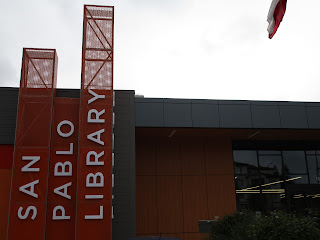 |
| Our amazing weather! |
El Salvador was for centuries inhabited by several Mesoamerican nations, especially the Cuzcatlecs, as well as the Lenca and Maya. In the early 16th century, the Spanish Empire conquered the territory, incorporating it into the Viceroyalty of New Spain ruled from Mexico City. However, the Viceroyalty of Mexico had little or no influence in the daily affairs of the Central American isthmus, which would be colonized in 1524. In 1609 the area became the Captaincy General of Guatemala, from which El Salvador was part of until its independence from Spain, which took place in 1821, as part of the First Mexican Empire, then further seceded, as part of the Federal Republic of Central America, in 1823. When the Republic dissolved in 1841, El Salvador became a sovereign nation, then formed a short-lived union with Honduras and Nicaragua called the Greater Republic of Central America, which lasted from 1895 to 1898.
From the late 19th to the mid-20th century, El Salvador endured chronic political and economic instability characterized by coups, revolts, and a succession of authoritarian rulers. Persistent socioeconomic inequality and civil unrest culminated in the devastating Salvadoran Civil War (1979–1992), which was fought between the military-led government and a coalition of left-wing guerrilla groups. The conflict ended with the Chapultepec Peace Accords. This negotiated settlement established a multiparty constitutional republic, which remains in place to this day.
 |
| Our tutorial's location |
As of 2010, El Salvador ranks 12th among Latin American countries in terms of the Human Development Index and fourth in Central America (behind Panama, Costa Rica, and Belize) due in part to ongoing rapid industrialization. However, the country continues to struggle with high rates of poverty, inequality, and crime.


No comments:
Post a Comment